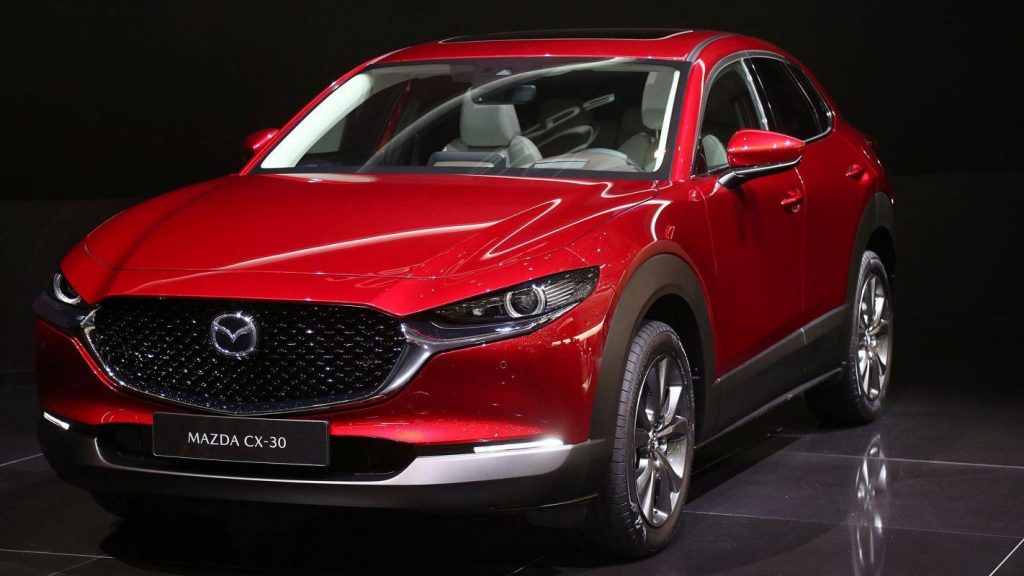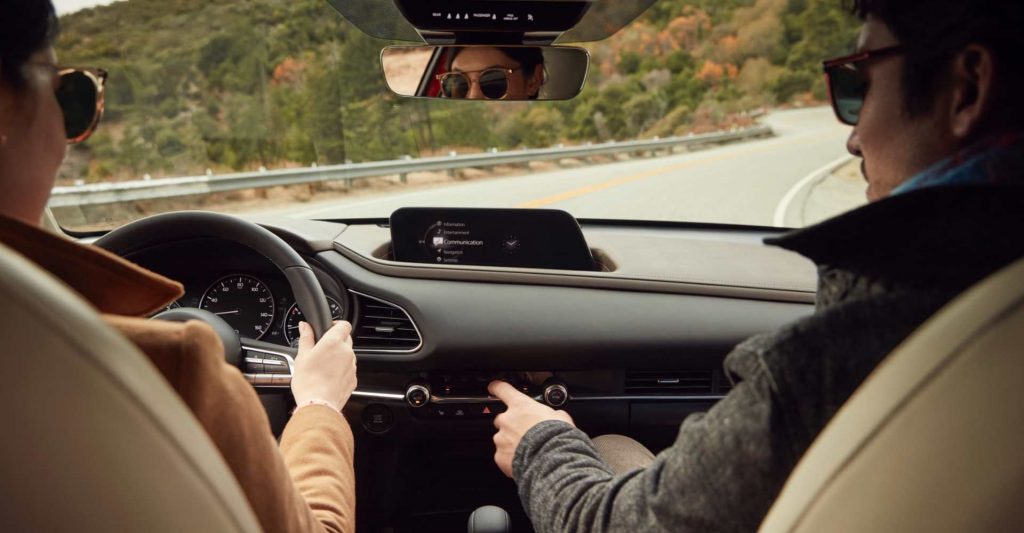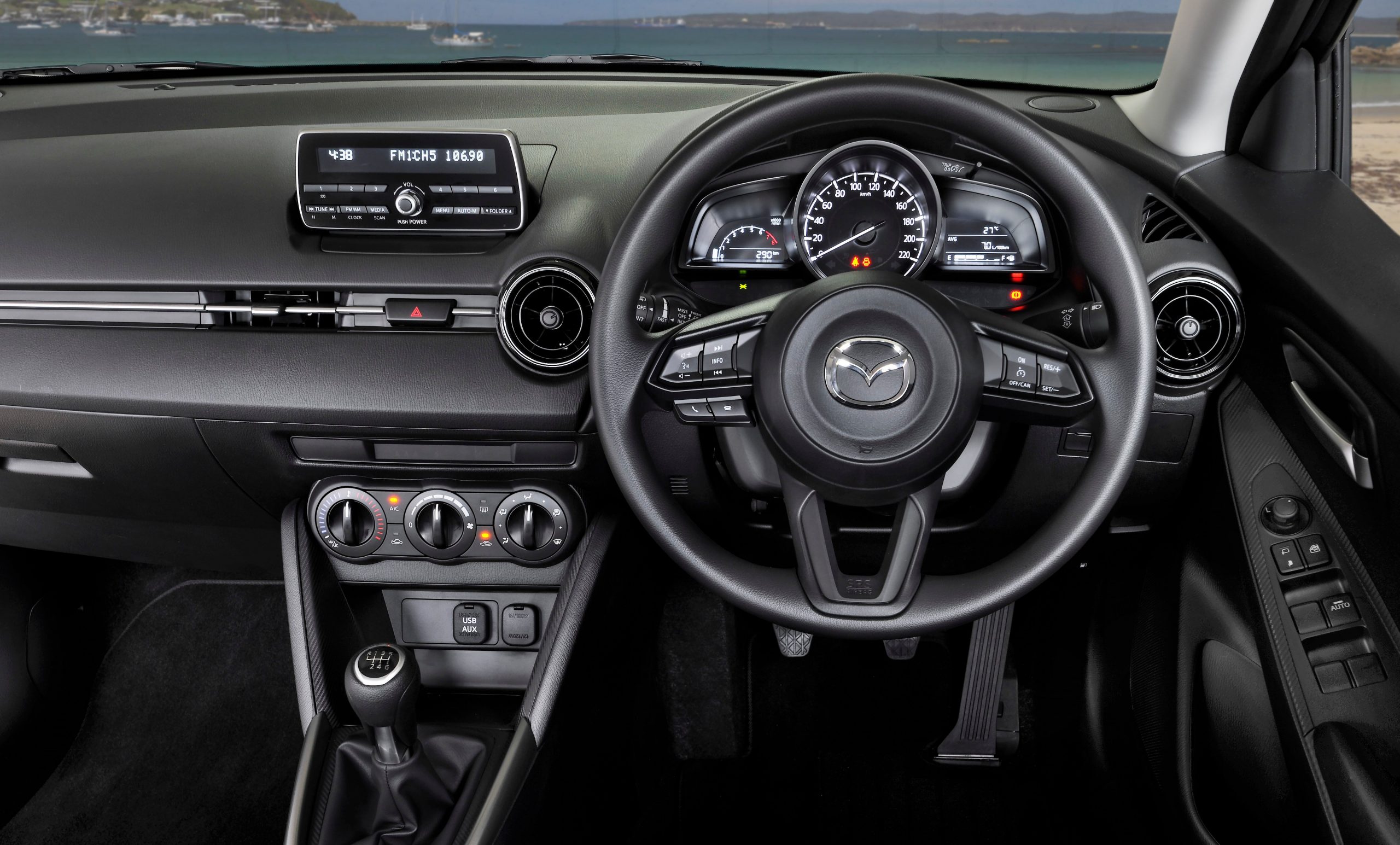Autonomous Emergency Braking (AEB) is a cutting-edge safety technology that has gained widespread attention in the automotive industry due to its potential to save lives and prevent accidents. Mazda, a brand known for its commitment to innovation, has integrated AEB into its vehicles to enhance both safety and driving confidence. The system is designed to detect an imminent collision and automatically apply the brakes if the driver fails to act in time. This proactive feature is a significant addition to Mazda’s i-Activsense suite, offering drivers peace of mind and adding an extra layer of protection on the road.

In this article, we will explore the importance of Autonomous Emergency Braking in Mazda vehicles, how the system works, and the benefits it provides. We will also take a look at Mazda’s safety philosophy and the role AEB plays in improving overall vehicle safety.
What is Autonomous Emergency Braking (AEB)?
Autonomous Emergency Braking (AEB) is a driver assistance system that helps to prevent or mitigate accidents by detecting potential collisions and applying the brakes automatically when the driver does not respond quickly enough. AEB systems use sensors, cameras, and radar to monitor the road ahead, looking for obstacles or vehicles that may pose a risk of collision.
When the system detects an imminent crash, it can activate the brakes, either partially or fully, depending on the situation. This automatic intervention can significantly reduce the severity of a crash or even avoid it altogether. The technology is particularly valuable in urban settings, where sudden stops and traffic congestion are common.
How Does AEB Work in Mazda Vehicles?
Mazda has integrated Autonomous Emergency Braking into its vehicles as part of its i-Activsense safety suite. This suite includes a variety of advanced driver-assistance features that aim to reduce accidents and enhance overall vehicle safety. In Mazda vehicles, the AEB system works through a combination of radar sensors, cameras, and vehicle-to-vehicle communication.
The system constantly scans the road ahead for potential hazards, including pedestrians, cyclists, and other vehicles. If the sensors detect an imminent collision and the driver has not reacted in time, the system will trigger the brakes to either reduce the speed of the vehicle or bring it to a full stop, depending on the situation. Mazda’s AEB system is capable of operating at both low and high speeds, making it effective in a variety of driving scenarios, from city traffic to highway conditions.
The radar sensors used in Mazda vehicles are highly accurate and can detect objects in a wide range of conditions, including low light and adverse weather. This ensures that the AEB system is reliable and effective in many different driving environments.
Benefits of Autonomous Emergency Braking in Mazda Vehicles
1. Increased Driver Safety
The primary benefit of AEB is its ability to significantly reduce the risk of accidents. By automatically applying the brakes in emergency situations, the system helps prevent collisions that may otherwise have resulted in serious injury or damage. The AEB system in Mazda vehicles is designed to respond quickly and effectively, offering an added layer of protection for both the driver and passengers.
AEB is particularly valuable in situations where the driver may not have enough time to react, such as when another vehicle suddenly brakes or when pedestrians or cyclists unexpectedly cross the road. In these scenarios, the AEB system can intervene quickly, potentially preventing a dangerous crash.
2. Enhanced Accident Prevention
Accidents caused by rear-end collisions are among the most common types of crashes on the road. These accidents often occur when a driver is not paying full attention or is unable to react quickly enough to a sudden stop in traffic. AEB significantly reduces the likelihood of rear-end collisions by detecting the presence of slower or stationary vehicles in front and automatically applying the brakes if the driver does not respond in time.
By reducing the risk of rear-end collisions, AEB contributes to safer roadways for all drivers and pedestrians, enhancing overall traffic safety.
3. Peace of Mind for Drivers
For many drivers, the thought of causing an accident due to delayed reaction or inattention can be a source of anxiety. The inclusion of AEB in Mazda vehicles offers peace of mind, knowing that the system is constantly working to protect them and their passengers. Even in situations where the driver’s attention may momentarily lapse, AEB provides an extra layer of security, ensuring that the vehicle will act autonomously to avoid a collision if necessary.
This increased confidence can lead to a more relaxed and enjoyable driving experience, knowing that the vehicle is equipped with advanced safety technology.
4. Reduced Severity of Accidents
In addition to preventing accidents altogether, AEB can help reduce the severity of crashes by intervening when a collision is unavoidable. The system can apply partial braking, slowing the vehicle before impact, which helps to lessen the force of the collision. In situations where a collision is imminent, but the driver is unable to react in time, the automatic application of the brakes can significantly mitigate the damage.
Reducing the impact of accidents helps to minimize the potential for serious injuries, protecting both the vehicle occupants and others on the road.
Mazda’s i-Activsense Safety Suite
Mazda’s i-Activsense safety suite includes a range of advanced driver-assistance features, with AEB being one of the most prominent. The suite is designed to enhance vehicle safety and provide drivers with the tools they need to stay safe on the road. In addition to AEB, i-Activsense includes technologies such as Adaptive Cruise Control (ACC), Lane Departure Warning (LDW), and Blind Spot Monitoring (BSM).

These systems work in tandem to create a comprehensive safety network that continuously monitors the road and provides warnings or automatic interventions when necessary. The integration of these features into Mazda vehicles helps to create a safer driving environment, reducing the risk of accidents and making driving more comfortable and secure.
Adaptive Cruise Control (ACC)
Mazda’s Adaptive Cruise Control system maintains a safe following distance from the vehicle ahead by automatically adjusting the speed. This feature works hand in hand with AEB, ensuring that the vehicle slows down and speeds up as necessary to avoid collisions.
Lane Departure Warning (LDW)
Lane Departure Warning alerts the driver if the vehicle begins to drift out of its lane without signaling. This feature works alongside AEB to prevent accidents caused by unintentional lane changes, particularly on highways or when driving in challenging conditions.
Blind Spot Monitoring (BSM)
Blind Spot Monitoring helps drivers stay aware of vehicles in their blind spots, providing alerts when another vehicle is detected in a side mirror’s blind spot. This system is essential for preventing accidents while changing lanes and complements AEB by preventing side collisions.
Why Mazda Prioritizes AEB in Their Vehicles
Mazda is committed to offering innovative technologies that improve the driving experience and ensure the safety of all road users. The inclusion of Autonomous Emergency Braking in its vehicles reflects the company’s dedication to providing advanced safety systems that protect both the driver and other road users.
The AEB system is a reflection of Mazda’s broader philosophy of enhancing vehicle performance while keeping safety at the forefront. By incorporating state-of-the-art safety features like AEB, Mazda demonstrates its commitment to reducing accidents and saving lives.
Conclusion: The Importance of AEB in Mazda Vehicles
Autonomous Emergency Braking (AEB) is a vital safety feature that plays a crucial role in preventing accidents and reducing the severity of collisions. By automatically applying the brakes when a potential collision is detected, Mazda’s AEB system enhances both driver safety and overall road safety. The system’s integration with Mazda’s i-Activsense suite ensures that drivers are equipped with advanced technologies designed to prevent accidents and mitigate risks.
As part of Mazda’s commitment to innovation and safety, AEB offers a significant advantage for those seeking a safer, more secure driving experience. By choosing a Mazda vehicle equipped with AEB, drivers can enjoy greater peace of mind, knowing that their car is working tirelessly to protect them and their passengers from harm.

Leave a Reply